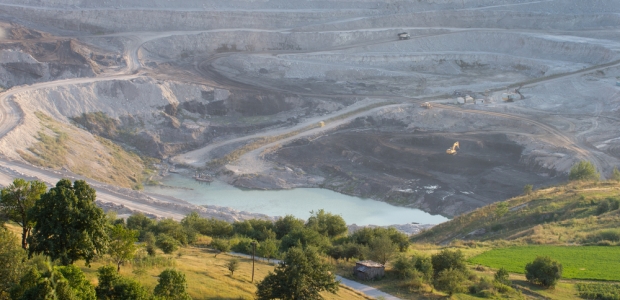
After the BC mine catastrophe earlier this week, Alaskans are asking the EPA to finalize mine waste restrictions in order to protect their fishery.
Industrial and Environmental Concepts, Inc. won an international competition for an agricultural project in Saudi Arabia. Sinopec awarded IEC a contract to design and install covers for multiple water reservoirs in the arid region.
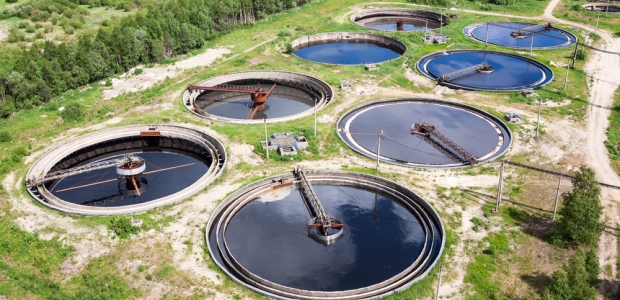
A new study shows that nearly half of earthquakes in central and eastern United States have occurred in areas of high-rate water disposal.
Following a strategic alliance between GE and WIBAX Energy, the Nordic region will be receiving water treatment products.

Since October 2013, the rate of earthquakes in Oklahoma has increased by 50 percent, a staggering statistic that could result in large, devastating earthquakes in the not-too-distant future.
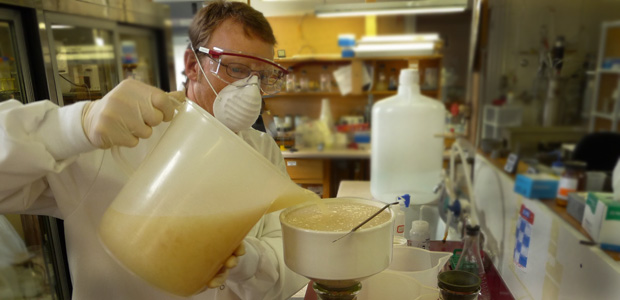
Enzyme-based nitrate analysis will be recommended for inclusion in the list of approved methods at 40 CFR Part 136 in the next round of updates.
- By Ellen R. Campbell, Anna-Marie Davidson
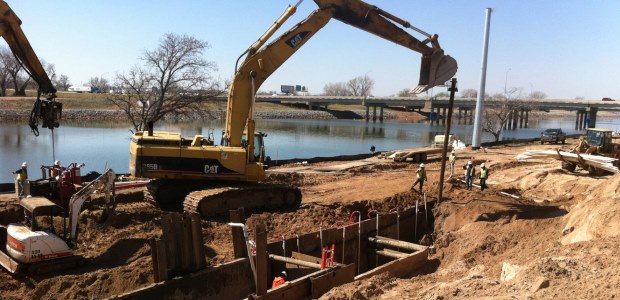
Oklahoma City has completed the $6 million Oklahoma River Inverted Siphon System Improvements, Phase II project. This project included the potential rehabilitation of an existing three-barrel inverted siphon, new inverted siphon, a sewer flow distribution vault and a sewer line connecting the new inverted siphon to the collection system.
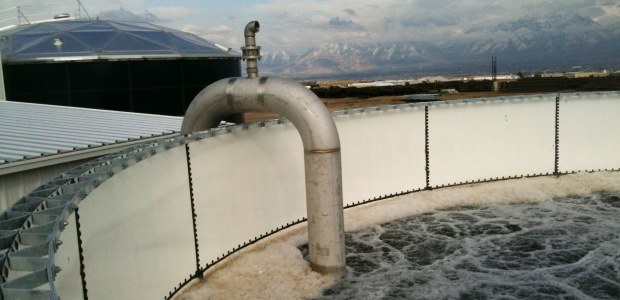
A true TSA begins with an evaluation that identifies options to help achieve a company's production goals.
Anglo American selected GE’s ABMet Technology for removing toxic metals from wastewater in Peace River Coal Trend Mine.
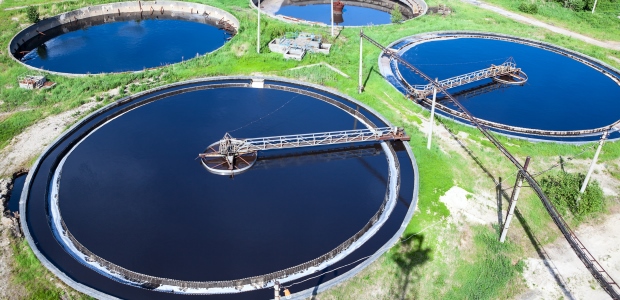
The Stony Brook Regional Sewerage Authority (SBRSA) in Princeton, NJ provides treatment and disposal services for wastewater residuals. Their River Road Wastewater Treatment Plant was constructed in 1976 and began taking flow in 1978. The plant receives flow from Princeton Borough and Township, South Brunswick Township, and West Windsor Township.
MEG Energy Corp. has chosen GE’s evaporator systems to help conserve water and reduce operational costs at MEG’s Christina Lake Project in Alberta, Canada.
The company pumped an estimated 61 million gallons of wastewater from two coal ash impoundments at its Cape Fear Steam Electric Plant into a tributary of the Cape Fear River, DENR reported.
A new study explores how better nutrient management in wastewater treatment facilities can help overcome the strain put on the water utility sector caused by urbanization and agriculture.
The Bristol, Va.-based coal company will pay $27.5 million in civil penalties, and it and its subsidiaries will spend an estimated $200 million to install and operate wastewater treatment systems and to implement upgrades to reduce discharges of pollution from coal mines in Kentucky, Pennsylvania, Tennessee, Virginia, and West Virginia.
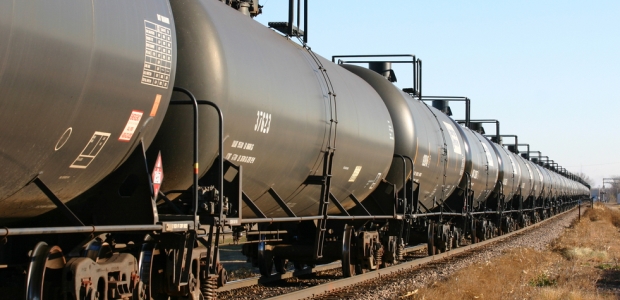
Although accidents are rare, transporting crude oil and natural gas poses major risks for human habitation areas and water bodies, regardless of how they are moved.
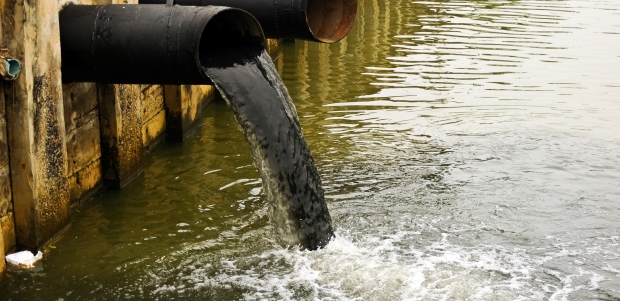
The Potomac Water Filtration Plant has been sued for dumping more than 30 million pounds of sediment and aluminum into the Potomac River and the Chesapeake Bay over a four-year period.
The Luxembourg startup announced "a large customer in Europe" ordered the pilot plant to treat water from oil production and hydraulic fracturing.
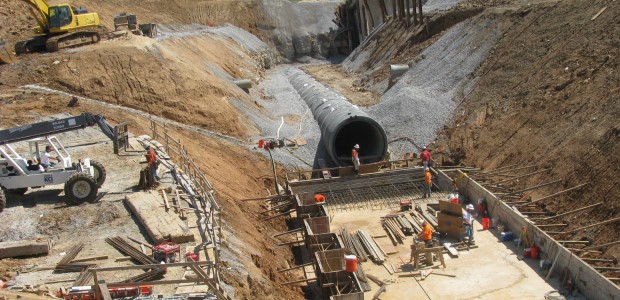
Six hundred and nine days in the making, KAI Design & Build recently completed a construction management assignment to build one of the largest Ultraviolet (UV) wastewater disinfection systems in the country, to date.
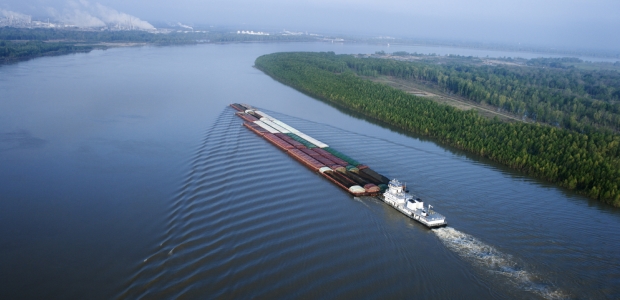
Dozens of comments urge the U.S. Coast Guard not to allow barge owners to ship shale gas extraction waste water via inland waterways, saying it is a threat to drinking water supplies.
Last week, U.S. Rep. Earl Blumenauer, D-Ore., introduced the Water Protection and Reinvestment Trust Fund Act of 2013. It would provide a protected source of revenue to help states replace, repair, and rehabilitate critical wastewater treatment facilities.